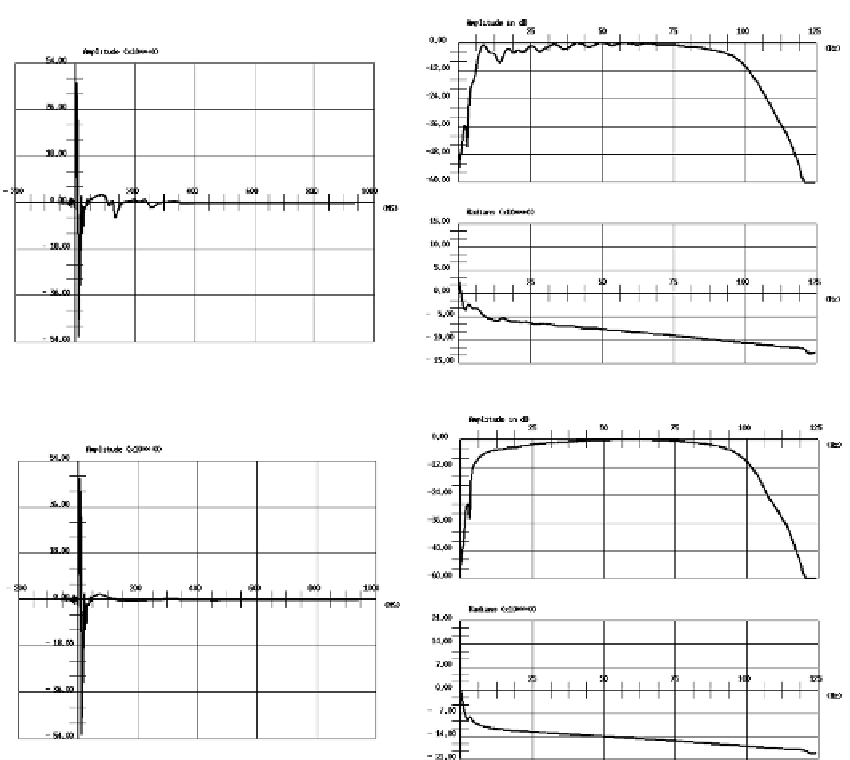Geoscience Reference
In-Depth Information
Fig. 2.23
Example of a wavelet before (top) and after (bottom) designature. The source from the
air gun array still contains remnant bubble oscillations. A filter is applied to remove these periodic
events from the recorded seismic. The sharpening of the wavelet at this stage gives increased
resolution in the seismic data. In this case, no attempt has been made to convert the wavelet to
zero-phase.
Step 4 removes the lowest frequencies from the data. These are often heavily contam-
inated by noise (e.g. swell noise in the marine case), which may swamp any underlying
signal and is best removed. Step 5 is an editing step; any traces that appear excessively
noisy owing to poor coupling or equipment failure are removed. Step 6 is the important
process of assigning the correct positioning information to the traces as referred to in
the acquisition section, so that actual offsets and locations can be determined.
Just as step 3 was associated with resampling the data in time, then step 7 is an
identical process in space. Typically the receiver group interval within a marine streamer
is 12.5 m. This gives a CMP interval of 6.25 m, which in all but the steepest dip areas
gives an over-sampling in the inline direction. The data are merely resampled to mimic

